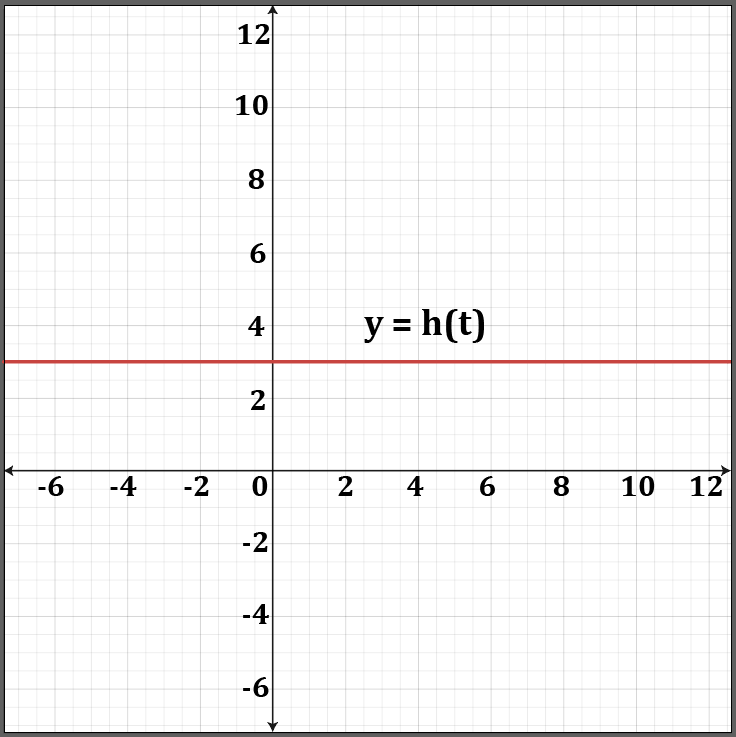Table of contents
- 0. Functions(0)
- Introduction to Functions(0)
- Piecewise Functions(0)
- Properties of Functions(0)
- Common Functions(0)
- Transformations(0)
- Combining Functions(0)
- Exponent rules(0)
- Exponential Functions(0)
- Logarithmic Functions(0)
- Properties of Logarithms(0)
- Exponential & Logarithmic Equations(0)
- Introduction to Trigonometric Functions(0)
- Graphs of Trigonometric Functions(0)
- Trigonometric Identities(0)
- Inverse Trigonometric Functions(0)
- 1. Limits and Continuity(0)
- 2. Intro to Derivatives(0)
- 3. Techniques of Differentiation(0)
- 4. Applications of Derivatives(0)
- 5. Graphical Applications of Derivatives(0)
- 6. Derivatives of Inverse, Exponential, & Logarithmic Functions(0)
- 7. Antiderivatives & Indefinite Integrals(0)
- 8. Definite Integrals(0)
0. Functions
Piecewise Functions
0. Functions
Piecewise Functions: Study with Video Lessons, Practice Problems & Examples
12PRACTICE PROBLEM
Consider the function h(t)=3. Let C(x) represent the area bounded by the lines y=h(t) and from t=0 to t=x. Find C(4).

Consider the function h(t)=3. Let C(x) represent the area bounded by the lines y=h(t) and from t=0 to t=x. Find C(4).